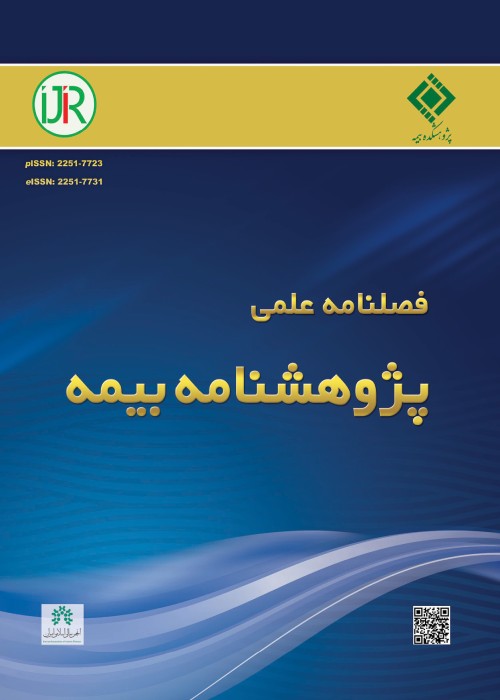Providing a paradigm model of customers' experience of wandering in choosing services from data based approach insurance companies: Grounded theory approach
The insurance industry is one of the most used professions and the popularity of general insurance services is increasing. Meanwhile, insurance companies that can create better satisfaction (CX) for their policyholders will earn more profit. Research has shown that many customers are willing to pay more for better or higher quality customer service or experience. On the other hand, today the use of insurance services has become one of the most important necessities of any society and almost all citizens deal with one or more types of insurance depending on their type of work, income and social activity, but in recent years, this industry faced with many problems and one of the ways to support the industry out of problems and increase revenue, is to create a pleasant experience and reduce confusion for customers. Therefore, the purpose of this study is to provide a model of customer experience of confusion in choosing services from insurance companies.
The current research was carried out by using a qualitative method and foundational data theory (Strauss and Corbin's approach). The statistical population of this study includes managers and experts in marketing, sales, etc. of four insurance companies: Pasargad, Tejaratno, Mihan and Parsian. Using purposive sampling and conducting fifteen interviews, the researchers achieved theoretical adequacy and saturation and obtained the data they needed for analysis using triple coding. The purpose of sampling in qualitative research is to better understanding the phenomenon, so sampling in this study is purpose-based, because the purpose of qualitative research is not to generalize the findings to the community from which the sample was selected. For this purpose, the researcher used participants who were managers and experts in the insurance industry through interview tools.
After extracting the required data, the researchers presented their final model in the form of six main dimensions and twenty-seven sub-dimensions by analyzing the data and using open, axial and selective coding. Based on the findings obtained from the application of the data based strategy and in order to examine the dimensions and key components of the customer experience of confusion in choosing services from insurance companies, a total of six main dimensions were identified. The first dimension is "customer experience" and includes the quality of customer relationship, appropriate insurance information and long term relationship with the brand, satisfaction in paying premiums, discount on issuance, targeted advertising and customer trust. The second dimension is "strategy" and consists of three key components, including the variety of insurance services, brand credibility and a pleasant customer experience. The third dimension is "causal conditions", which include lack of proper needs assessment, financial dissatisfaction, failure to address customer complaints, delays in payment of damages and providing inappropriate information to the customer. The fourth dimension is the underlying conditions and includes the credibility of the insurance brand, the transparency of the insurance brand and the mental image of the insurance brand. The fifth dimension is called "consequence" and includes six components of negative publicity, changing the time of buying insurance, canceling the purchase of insurance, reducing the purchase of insurance, increasing mental involvement and making the wrong decision. Also, in this research, during the interviews with the scholores, they identified the factors that he mentioned as an intervening variable and include increasing the market share, completing the product portfolio and ease of shopping for customers.
The findings of this research showed that founded on the data-based approach and triple coding, the researcher's paradigm model consists of six components called damages, customer experience, brand reputation, confusion, online insurance sales and brand equity. What is crucial for customers and reduces confusion is the ability of insurance companies to provide the desired customer service to create a pleasant experience. To be successful and reduce confusion, an insurance company must develop in line with changing customer needs. Find markets and products and be more dynamic than competitors to meet customer needs. At the end, suggestions are provided to create a pleasant experience and reduce customer confusion.
- حق عضویت دریافتی صرف حمایت از نشریات عضو و نگهداری، تکمیل و توسعه مگیران میشود.
- پرداخت حق اشتراک و دانلود مقالات اجازه بازنشر آن در سایر رسانههای چاپی و دیجیتال را به کاربر نمیدهد.




